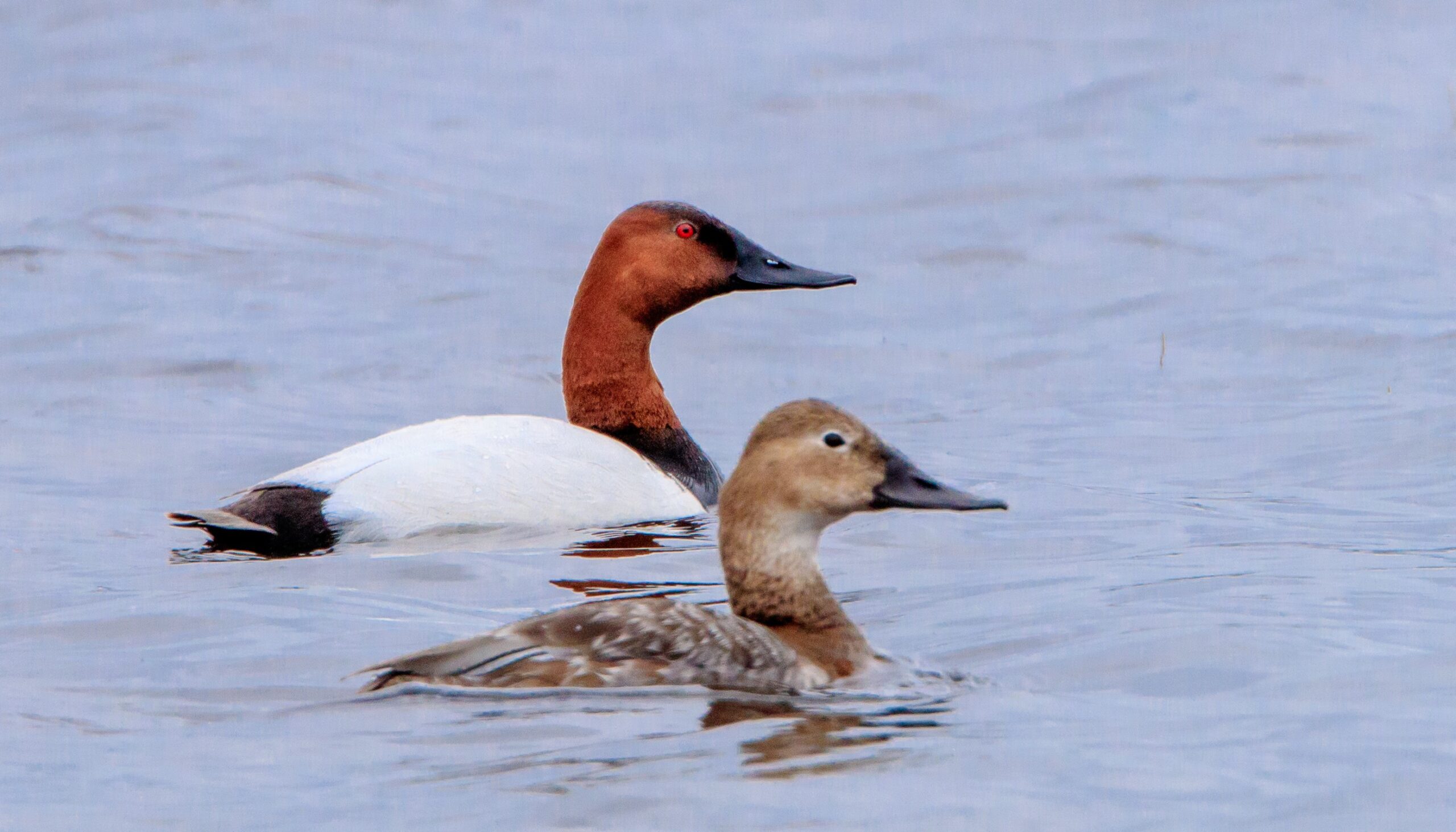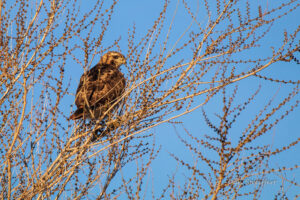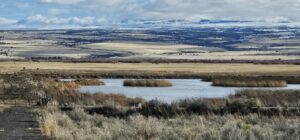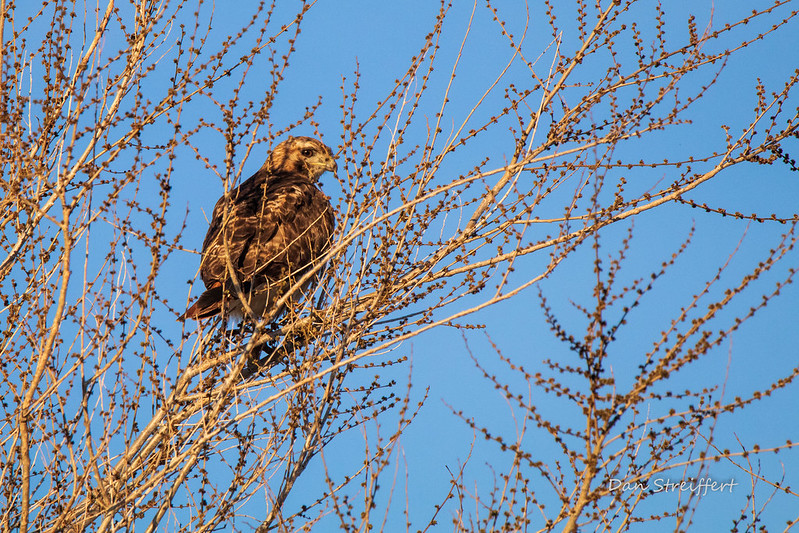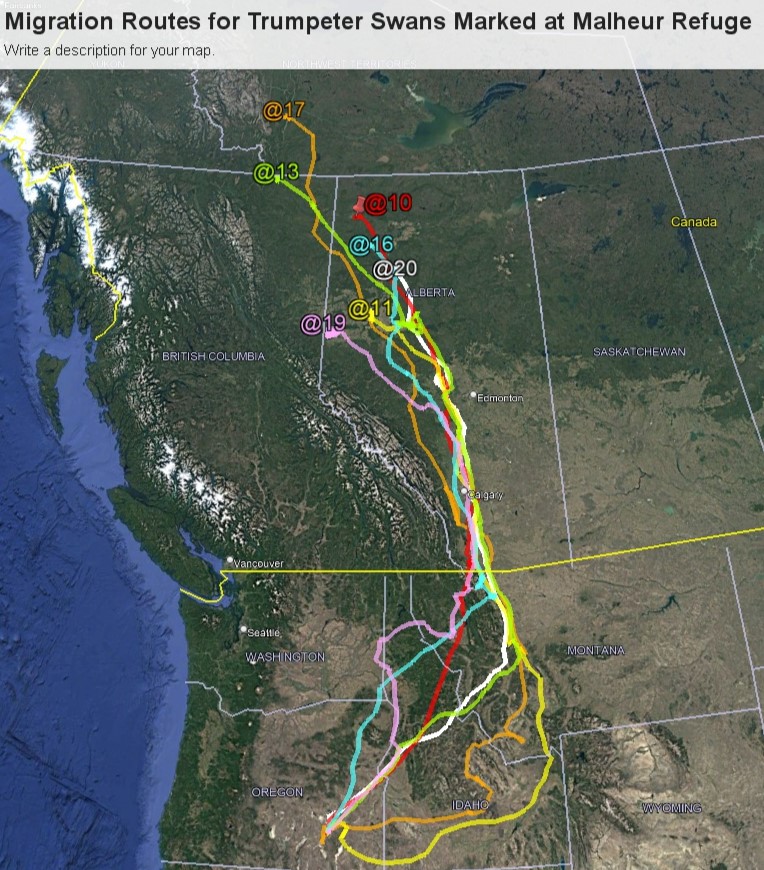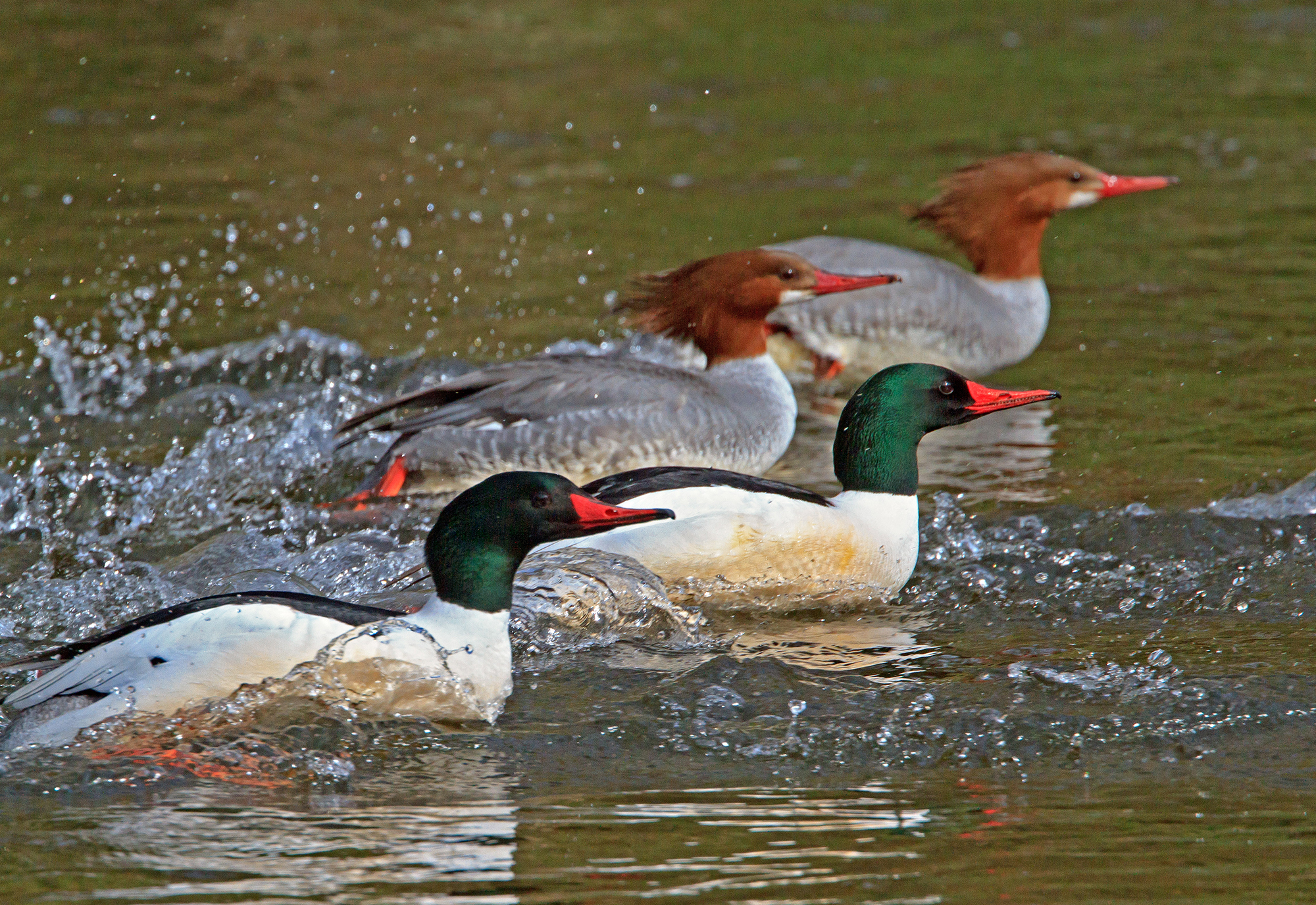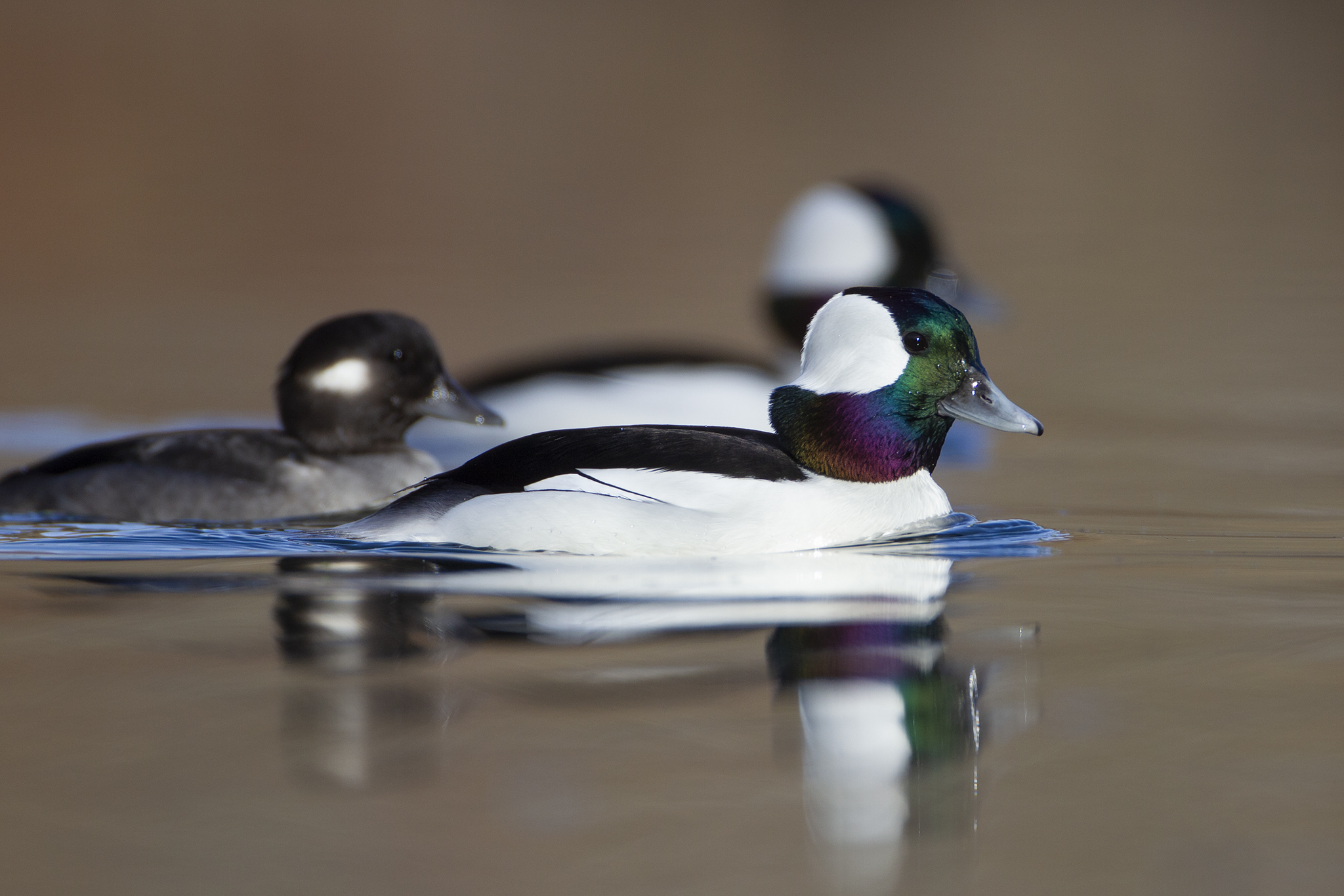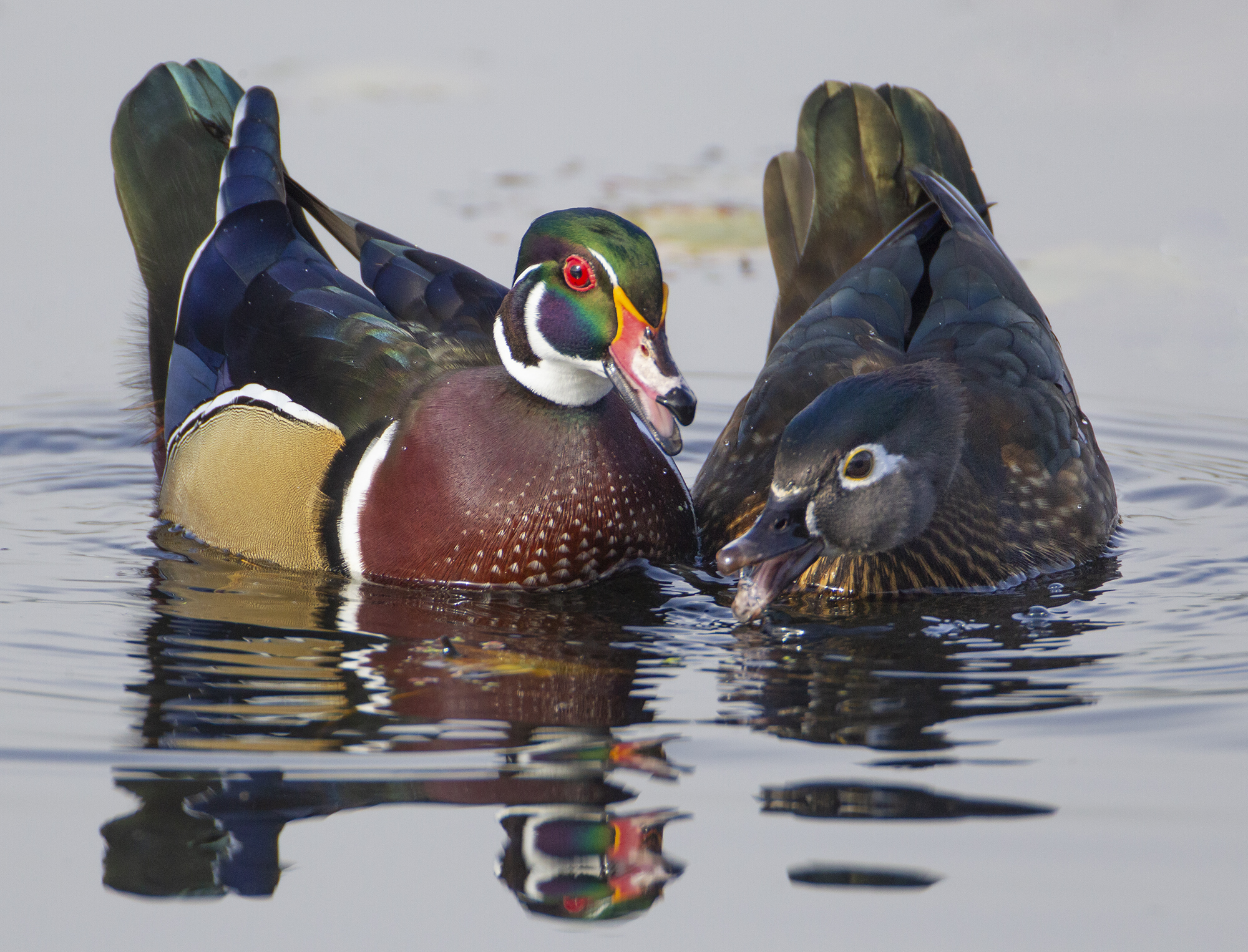Written by Peter Pearsall/Photo by Dan Streiffert
The distinctive canvasback duck (Aythya valisineria) is North America’s largest diving duck. Adult males have reddish-brown heads, bright red eyes, and long, sloping black bills. Their backs are a canvas-like white, contrasting with their black chests and tails. Females are more subdued in coloration, with a light brown head, dark eyes, and a grayish body, but they share the same elegant, elongated profile as the males.
Canvasbacks inhabit freshwater marshes, lakes, and ponds throughout their breeding range, which stretches across the northern regions of North America, particularly in the prairie pothole regions of Canada and the northern United States. In winter, they migrate to coastal bays, estuaries, and inland lakes across the continent, including the southern United States, the Gulf Coast, and parts of Mexico.
As diving ducks, canvasbacks primarily forage for food underwater, feeding on aquatic plants, seeds, and invertebrates. As their species epithet valisineria suggests, canvasbacks have a particular affinity for the buds and rhizomes of wild celery (Vallisneria americana), which is not only a primary food source in winter but also a key factor in their preferred habitats. They also consume other submerged vegetation and occasionally small fish and insects.
Canvasbacks can dive several feet down to forage for food, using their large, powerful feet to propel themselves underwater. During the breeding season, males perform elaborate courtship displays on the water, including head-throwing and vocalizations to attract mates. They are generally monogamous, with pairs forming strong bonds during the breeding season.
Historically, Canvasback populations faced significant declines due to habitat loss, particularly the draining of wetlands for agriculture and development. However, conservation efforts, including wetland restoration and protection, have helped stabilize their numbers. The species is currently listed as “Least Concern” by the IUCN, though continued conservation efforts are essential to ensure their habitats remain protected.

